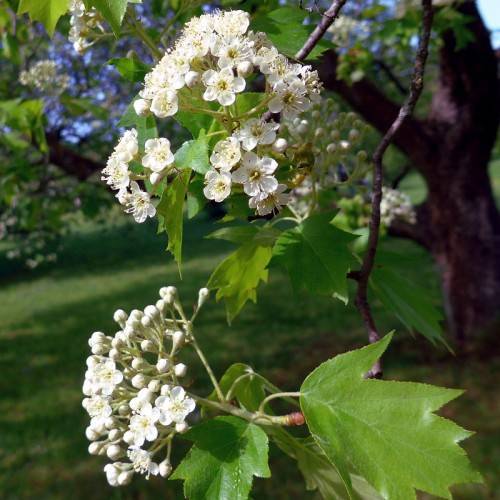
wild service tree
Sorbus torminalis
Cycle:
Perennial
Watering:
Average
Hardiness Zone:
6 - 7
Flowers:
Flowers
Sun:
full sun
Cones:
Yes
Leaf:
Yes
Growth Rate:
Low
Maintenance:
Moderate
Drought Tolerant:
Yes
Thorny:
Yes
Care Level:
Medium
watering
The wild service tree (Sorbus torminalis) should be watered moderately. During the first few weeks after planting, the tree should be watered weekly and then once every other week in the summer. During the hotter months or periods of low rain, water the tree every week. Established trees should be given deep watering every 3-4 weeks during the dry season. Always check the soil before watering to make sure it is dry before watering. In periods of drought it is important to give the tree enough water to get it through until the next rains.
sunlight
Wild service tree (Sorbus torminalis) needs at least 6 hours of full sunlight daily to grow and thrive. The optimal ideal amount of sunlight for this species is between 6 to 8 hours of direct sunlight per day. Additionally, its exposure to light throughout the year should also be taken into account; if in a climate which has long winters, the wild service tree should be grown in a location to maintain its optimal exposure of sunlight.
pruning
Wild service tree should be pruned between late winter and early spring. Pruning too late in the season can reduce the plant’s production of fruit. That said, very little pruning is needed in order to keep the tree healthy. Removing any dead, diseased, or crossing branches is important. Additionally, removing any branches that are significantly lower than the crown of the tree can help reduce overcrowding, increase air flow and sun exposure for a healthier tree.
